
By: Dr. Jorge Humberto Mejía
One of the most important activities of Strategic Management is to optimize the links between design and the implementation of the strategies. However, this task is not evident at all. Research and consulting activities have given me the opportunity to work with public and private organizations (small, medium and global companies) in Mexico and in France, and a set of experiences have allowed me to corroborate a recurring problem in literature.
Some very well known authors in the international arena such as Kaplan & Norton (2008) state that one of the main problems 21st century organizations face is the implementation of a strategy. There is abundant literature in strategic management and they mention this situation and show it in case studies (Kaplan & Norton 2008; Grant 2003). Notwithstanding the bibliography contribution, professional experience has allowed me to identify some characteristics that I describe in the following sections, and subsequently compare them to classic and contemporary literature on strategy. The objective of this article is to provide the reader some food for thought on the existing links between design and the implementation of strategies in organizations.



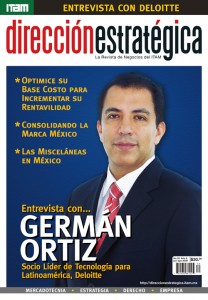

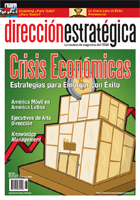



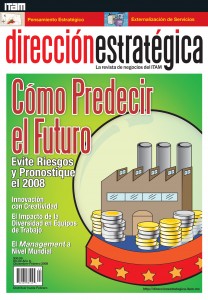



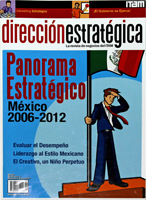
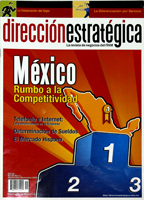

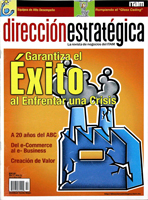

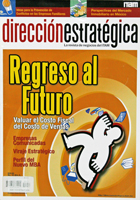
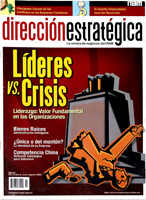






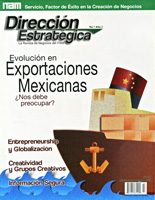


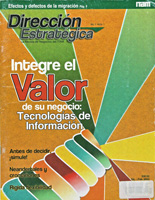
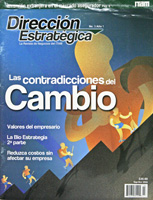
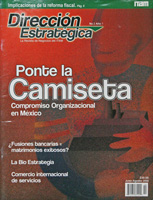

Learning from the Future to Improve Your Strategy
Professor and Researcher at the Business School, ITAM
Companies can make strategic decisions passively-meaning they replicate some past performance or because they take time to react to changes around them-or actively-meaning they make decisions with a view to the future, promote change ,or react more quickly. Active companies consider the future as a strategic challenge capable of changing current decisions.
When an organization has a competitive advantage over its competitors in the rest of the industry, it is no accident. It is the product of thorough reflection on the set of strategic actions it has taken and will take regarding the use of its resources, trends in its markets, or new product innovation.
(read more…)